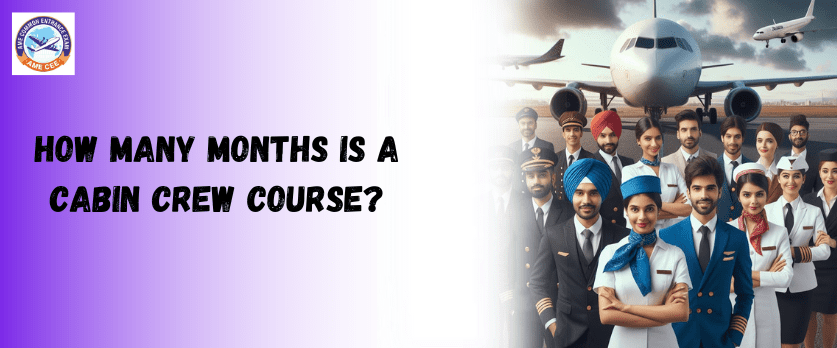The duration of a cabin crew course can vary depending on the institution or program offering it, as well as the depth and comprehensiveness of the training. Generally, these courses are designed to equip individuals with the necessary skills and knowledge to perform effectively in the role of a cabin crew member.
A typical cabin crew course can range from a few weeks to several months, with some programs offering intensive training over a shorter period, while others provide more extensive training spread out over a longer duration. The length of the course often depends on factors such as the curriculum’s depth, the number of subjects covered, practical training components, and regulatory requirements set by aviation authorities.
Here’s a breakdown of what you might expect in terms of course duration:
1. Short-Term Courses (Few Weeks):
- Some institutions offer condensed cabin crew courses that span a few weeks, typically ranging from 4 to 8 weeks.
- These shorter courses may focus primarily on essential skills and knowledge needed for entry-level cabin crew positions.
- They may cover topics such as safety procedures, customer service skills, emergency protocols, and basic aviation knowledge.
2. Medium-Term Courses (2-6 Months):
- Many cabin crew training programs fall into this category, lasting anywhere from 2 to 6 months.
- These courses provide more comprehensive training, covering a wider range of topics in greater detail.
- They often include classroom lectures, practical demonstrations, simulation exercises, and hands-on training.
- Subjects covered may include aviation regulations, first aid and CPR training, aircraft familiarization, communication skills, conflict resolution, and cultural sensitivity training.
3. Longer-Term Courses (6 Months or More):
- Some institutions or airlines offer more extensive cabin crew courses that span 6 months or longer.
- These programs may delve deeper into specific aspects of cabin crew responsibilities and may include additional certifications or qualifications.
- Longer courses may also include internships or apprenticeships, allowing students to gain real-world experience in cabin crew duties.
- They may cover advanced topics such as leadership skills, crew resource management, aviation security, and in-depth emergency procedures training.
In conclusion, It is very important to research and choose a cabin crew course that aligns with your career goals, the standards set by aviation authorities, and the reputation of the institution or program. Additionally, prospective cabin crew members should consider factors such as accreditation, job placement assistance, and opportunities for career advancement when selecting a training program.
To become an cabin crew you may could join cabin crew course through AME COMMON ENTRANCE EXAM (AME CEE).


